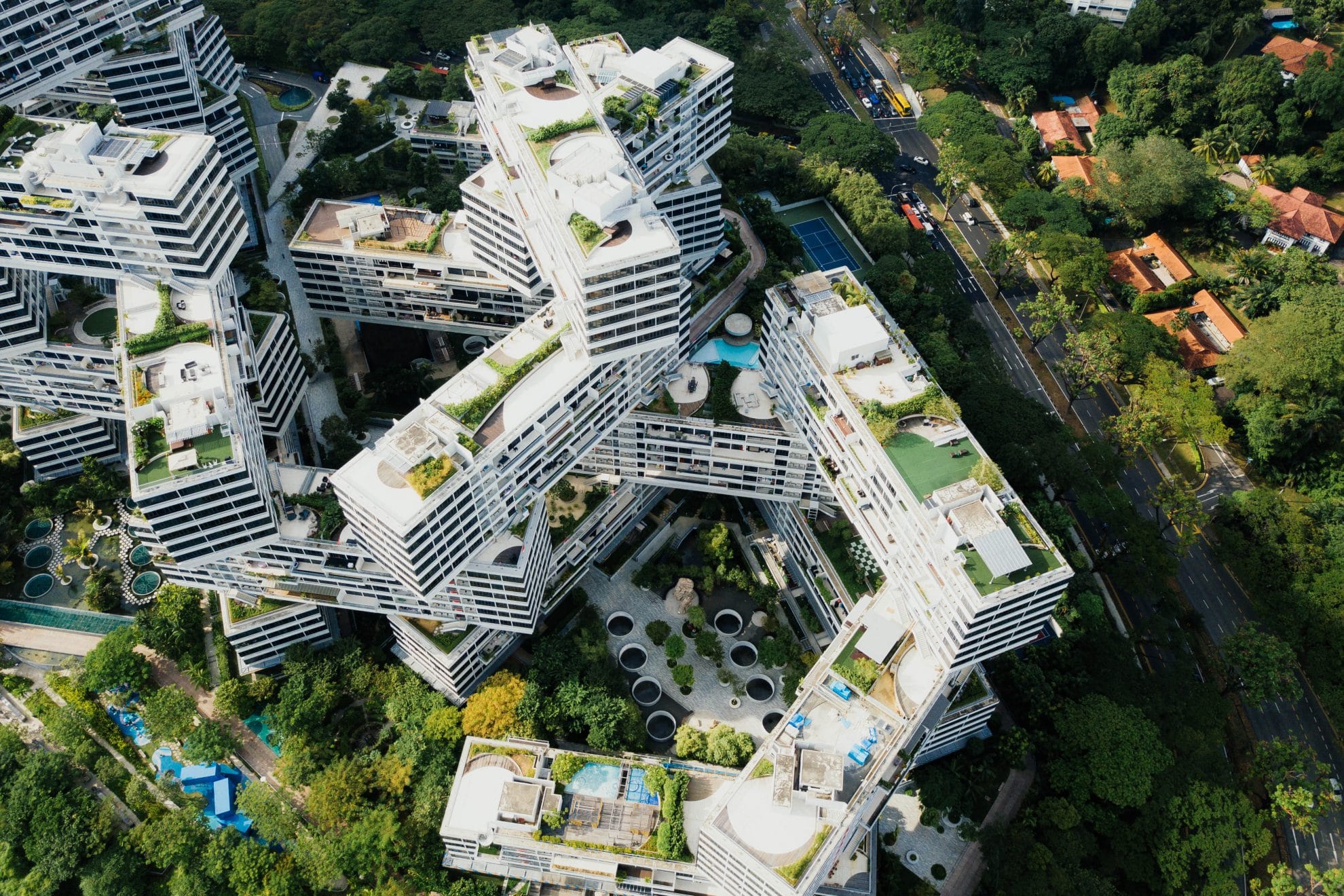By Gonçalo Pedro, Technical Director, RWDI Innovations
As cities grapple with the effects of climate change and increased density, forward-looking designers and city planners consider how urban spaces — and the buildings within them — can be the climate-positive communities desired by both citizens and business.
Thoughtful urban planning is transforming cities. When we design multi-use communities that put people and the planet at the center, we create environmentally sustainable and resilient neighborhoods. These urban spaces offer an improved quality of life and economic vibrancy. People want to be there. Businesses want to be there. And the progressive municipality that supported the development quickly becomes a desirable place to live and work.
In a world where economic wars are being fought over which cities can attract and keep the talent of the future, urban design is taking on a new and urgent purpose.
The cities and planners heeding this call are pushing for a human-focused approach to designing communities: clean air and water, efficient transportation, and accessible outdoor areas. But purposeful design takes it further, exploring the buildings within these neighborhoods to ensure they share this same approach.
High-performance buildings are at the core of great urban spaces
Like the holistically designed surroundings they inhabit, high-performing structures are thoughtfully designed, mindful of engineering, environmental, and human impacts. They go beyond standard building standards, striving for improved energy efficiency, comfort for its occupants (and the public around it), and long-term resiliency in a changing climate.
Beginning with the very concept of the building itself, high-performance design must consider:
- Shadows and glare: prevent damaging solar glare and unwanted shade by utilizing solar energy and daylight patterns to create comfort outside.
- Pedestrian outdoor comfort: understand how a building’s shape and features will interact with wind and/or how it may create its own wind conditions.
- Noise and vibration: mitigate unwanted noise and vibration from operating features, or nearby traffic, transit or construction, to create more peaceful surroundings.
- Extreme weather resiliency: prepare for future wind currents and excessive precipitation using advanced meteorological data.
- Energy-efficient features: modify facades or enclosures to capitalize on renewable energy sources, reduce carbon emissions, and decrease long-term expenses.
Careful consideration of these factors is essential for climate-positive, high-performing buildings, but also to create highly coveted communities within a city.
Stronger community, stronger economy
People want to live in communities, not cities. They want to connect with other people. As density increases, the walkable neighborhoods that incorporate outdoor spaces — think farmer’s markets, parks, skating rinks, and sports fields — become highly sought after. Designers that consider these areas — both existing and as additions to their plans — expand their building’s footprint and the project’s overall economic viability.
Studies confirm that when compared with their counterparts on “regular” streets, businesses located in pedestrian-oriented districts tend to make higher profits overall and are more resilient to fluctuations in the economy. A building that factors outdoor comfort into its design — even extending seasons with innovative features and climate awareness — encourages people to visit, linger, and support local businesses.
In today’s era where good corporate citizenship drives profit, investing in buildings that also focus on people and the planet is yielding high returns. Any new costs associated with achieving better performance are offset by the prospective tenant: occupants seeking a community for a better quality of life and/or businesses committed to providing healthy environments for employees to improve their productivity, long-term retention, and bottom line.
The key for high-performance design, of course, is to undertake a multi-factor analysis early in the process to consider how to best integrate these desirable features and avoid costly mistakes later. Understanding at the outset how a proposed building will interact with its surroundings and people allows time to creatively and effectively address any issues.
The standards are different today. All sustainable design — and business — must consider people and the planet first. Like the great urban spaces that they occupy, high-performance buildings are shaping the future of cities. And the designers envisioning these exceptional structures are leading the way.
